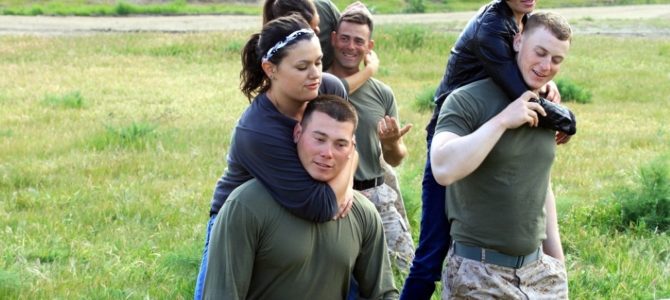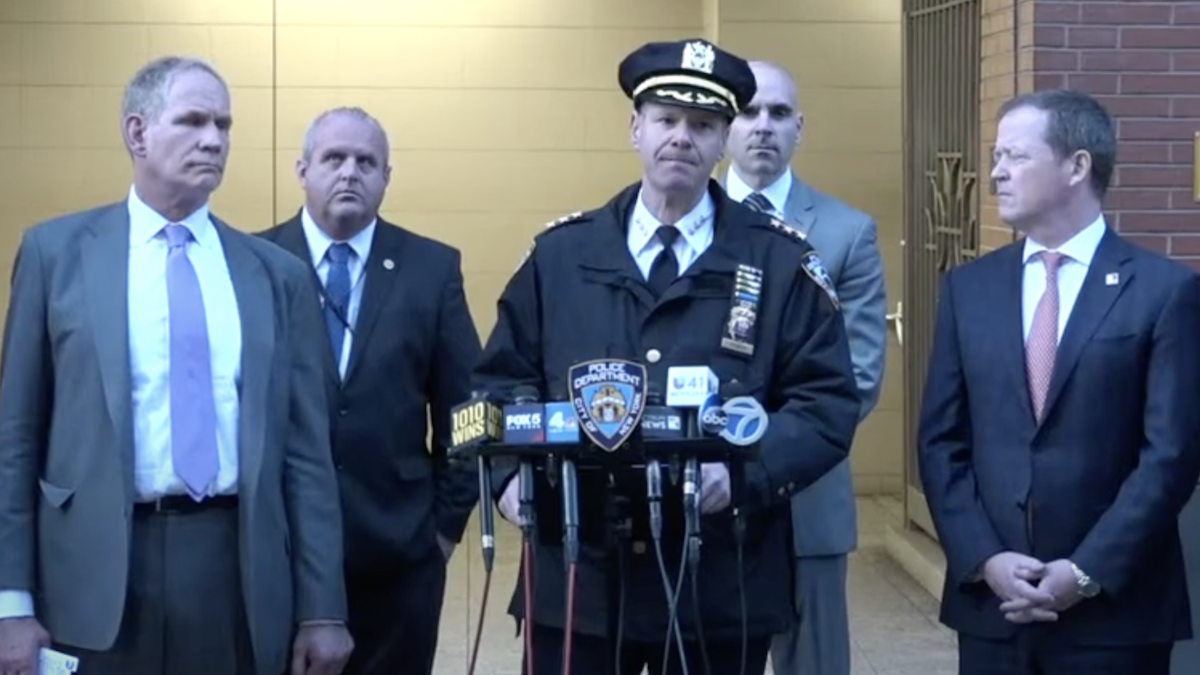
I’m not particularly squeamish, but I could not bring myself to watch the entire video of George Floyd’s death. I could not endure the brutal and callous way he faced his final moments.
Now, as a martial arts practitioner, I have seen plenty of people knocked out or choked out. In fact, it’s happened to me. What happened to Floyd was different. Law enforcement officers and martial arts teachers I have spoken with all agree.
Former police officer Derek Chauvin applied overbearing force to the side of Floyd’s neck. It was by no reasonable definition a “chokehold.” The pressure held for almost nine minutes was unnecessary and inexcusable. It was not a split-second decision that the officer had to make. Kneeling on someone’s neck and constricting arteries and the carotid sinus while maintaining that pressure on an unconscious man is not a chokehold. It was a form of abuse and should be prosecuted.
For understandable reasons, then, the response of many to Floyd’s death, along with the resulting protests, is, “We need to do something!” Yet that reaction is also a dangerous one. The proper course of action concerning the complex problems of race and policing in the United States is far from obvious. Doing “something” for the mere sake of being able to say that “something” was done often makes things worse.
There have been multiple calls to ban or limit chokeholds. This is not a helpful way of addressing the problems we face. It could even make already dangerous situations more perilous. Indeed, any time people with no knowledge of subject change regulations and legislation, mistakes are bound to follow. Changes to law and policy should come as a result of informed and reasoned debate.
Having studied martial arts for several decades, I forgot how scary words like “choke” and “strangle” sound. To many, those words elicit images of vicious attacks designed to kill. In reality, they are simply one of the options available to martial artists, and I have helped many students learn how to use them properly, including my children.
Chokes are simply tools, used both in sports like judo and violent situations. Like any tool, they can be used for good or harm. Like guns, however, they can evoke strong visceral reactions. In reality, chokeholds can be a safe, responsible, even peaceful tool to be used in a violent altercation.
To begin with, there are two fundamental types of chokes: air-chokes and blood-chokes (sometimes called “strangles”). They are applied differently and induce different physiological effects.
Air-chokes occlude the trachea and stop a person from inhaling. The effect of an air choke is usually immediate, not because of the loss of air, but due to the pain and damage caused to the trachea. People instinctively react to pressure to the front of their throats by backing up as quickly as possible.
If they cannot, because the back of their head may be against the ground or restrained, additional pain and even damage can occur to the trachea. If applied with extreme force, this can eventually lead to asphyxiation.
The big problem with air-chokes is not the lack of air while the choke is applied, but the damage that may happen to the trachea. If the damage is severe enough, even when the choke is released, the injury may prevent the person from breathing properly, resulting in asphyxiation later. Thus, air-chokes hold a real danger, especially if applied carelessly and improperly.
Blood-chokes, on the other hand, stop the flow of blood to the brain by restricting the carotid arteries on either side of the neck. When the brain stops receiving blood, the drop in glucose makes a person “pass out,” or what physicians call syncope.
This is actually painless, like falling asleep. When the choke is released, blood returns to the brain and the person regains consciousness. Damage to the brain from a loss of blood results only if the choke is held for minutes after syncope. Thus, a blood-choke, despite its scary name, is a fairly safe technique.
Just how dangerous are these chokeholds? Given that hundreds of thousands of people practice them daily at innumerable judo and jujitsu schools, they are clearly not as dangerous as they may sound. Blood-chokes are especially safe. Unless one is applied to an unconscious individual for three minutes or more, which does not happen by accident, they are generally harmless.
An overzealous application of an air-choke, however, can certainly injure a person; an extremely vicious use could kill. Yet the firm use of this type of choke is used responsibly every day in martial arts schools throughout the world.
This brings us to the question of the police using chokeholds. Law enforcement officers follow something called the “force continuum” when trying to direct others’ behavior. It begins simply with their presence, moves up to verbal commands, different degrees of unarmed force, non-lethal tools like Tasers, and finally lethal force with firearms.
A blood-choke is a much better way to stop a person from fighting than striking a person repeatedly with a baton. There is no injury or shedding of blood.
Even an air-choke has an appropriate place on the scale. Imagine a criminal has tackled a police officer to the ground and is on top of him trying to grab his pistol. Another officer arrives from behind. What should he do? In this scenario, I believe a strong air-choke to pull him off that first officer is in the best interest of everyone. There may be some pain and even possible injury to the aggressor, but far less than many of the other tactics that could be used.
If defending officers are banned from using chokeholds, they are left with three choices: use less aggressive but less effective techniques; escalate on the continuum of force to more violence; or use an effective chokehold and face prosecution. None of these are ideal in this situation.
With some jurisdictions forbidding or severely restricting the use of chokeholds, we are moving in a dangerous direction. Doing so denies a useful law enforcement tool that could be effective in many situations that require some force to address the situation at hand.
Proper training of police officers in the use and dangers of chokeholds would be “doing something” useful and I strongly support this. The responsible use of chokeholds serves the best interest of all involved. Counter-intuitive as it may sound, they are sometimes the virtuous choice.









